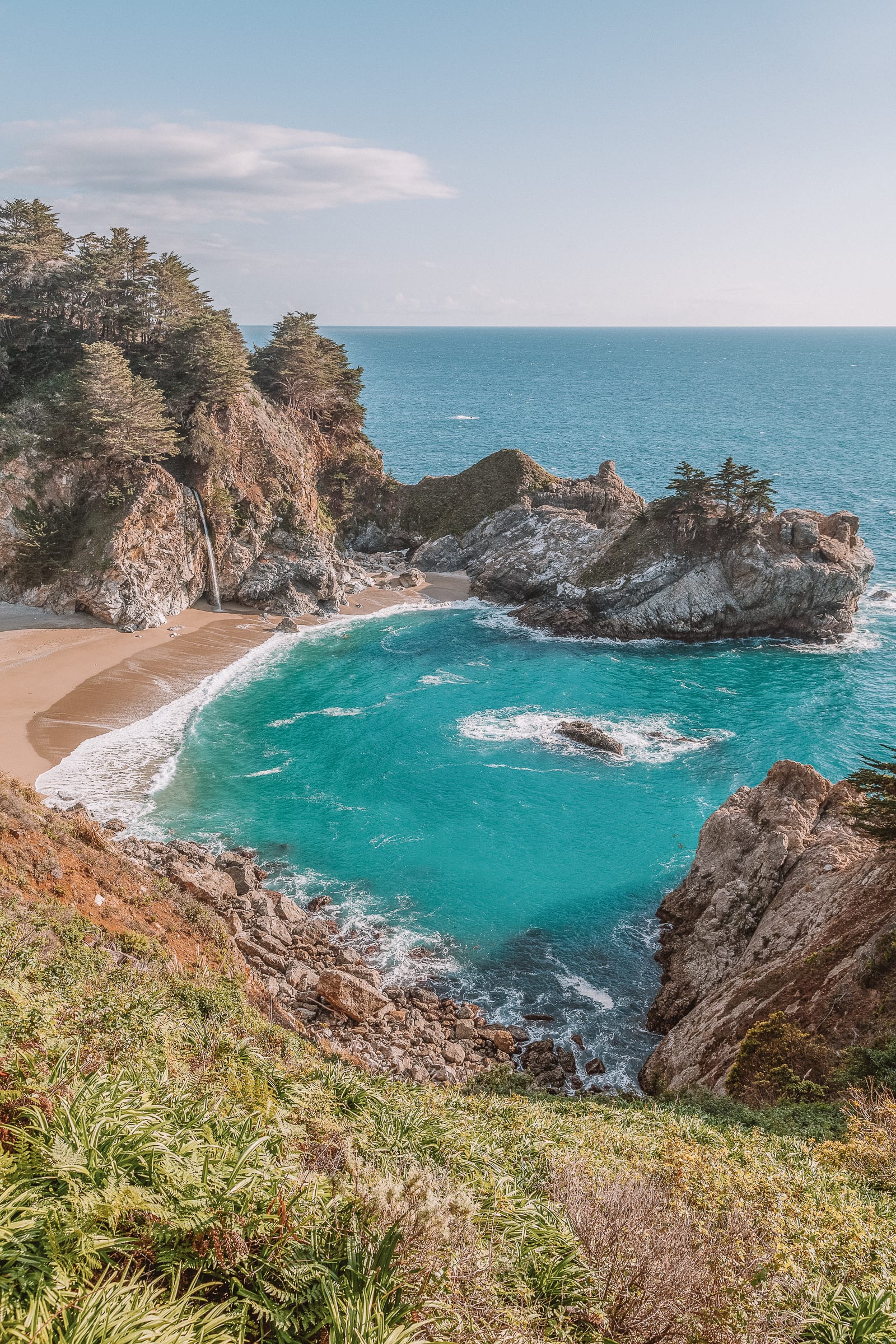



Cali (Santiago de Cali) is the third-largest city in Colombia and the capital of the Valle del Cauca department. It’s widely recognized as the “Salsa Capital of the World,” but the city offers much more than just music and dance.
Founded: July 25, 1536
Population: ~2.2 million
Altitude: ~1,000 meters (3,280 feet)
Climate: Tropical savanna – warm year-round with two rainy seasons
Known for: Salsa dancing, Afro-Colombian culture, friendly locals, urban parks, and surrounding nature
Cali sits in a wide valley surrounded by the Andes mountains, with the Cauca River running nearby. It’s close to the Pacific coast and a gateway to jungle regions like Buenaventura, and highland towns like Popayán.
Cali is the beating heart of salsa, home to numerous dance academies, live venues, and annual festivals.
The city has a rich Afro-Colombian heritage, influencing its music, food, and social traditions.
San Antonio, its bohemian and colonial neighborhood, is a hub for artists, musicians, and writers.
Cali has developed into a dynamic urban center with:
Modern shopping malls
Tech and service industries
Top universities and cultural centers
A growing culinary and coffee scene
Despite challenges like income inequality and traffic, its energy, authenticity, and rhythm make it one of Colombia’s most soulful cities.
Best Months: December to March and July to August – dry seasons with sunny weather.
Avoid: April–June and October–November – rainy months with humid conditions.
Even in the rainy season, showers are usually short and followed by sun.
By Air: Fly into Alfonso Bonilla Aragón International Airport (CLO), about 30 minutes from the city center. Direct flights are available from Bogotá, Medellín, and international cities (Miami, Madrid, etc.).
By Bus: Intercity buses connect Cali with Bogotá (10–11 hours), Medellín (8 hours), and Popayán (3–4 hours).
Local Transport: Use MIO buses, taxis, or rideshares. Cali is large but manageable.
Cristo Rey – 26-meter Christ statue overlooking Cali, with mountain and city views.
Iglesia de San Antonio – Historic white church atop a hill, with local vendors and views.
Cali Zoo – Lush, well-maintained zoo with native and international species.
Parque del Gato de Tejada – Park with whimsical cat statues and public art along the river.
Museo La Tertulia – Modern and contemporary art museum.
Plaza de Cayzedo – Central square surrounded by important historic buildings.
Cerro de las Tres Cruces – Hikeable hill with three large crosses and a great viewpoint.
Salsotecas – Legendary salsa clubs like Zaperoco, Tin Tin Deo, or La Topa Tolondra.
Bulevar del Río – Pedestrian-friendly stretch ideal for walking, street performers, and café-hopping.
Andoke Butterfly Sanctuary – A serene garden for butterflies, nature, and relaxation.
Dance Salsa! Take a class or visit a live salsa club.
Walk or bike along the Río Cali boulevard.
Visit Cristo Rey for panoramic city views.
Take a cultural walk through San Antonio district, full of colonial charm.
Explore the Andean foothills or go paragliding nearby.
Visit Zoológico de Cali, one of the best in Latin America.
Attend a live performance of traditional music or modern theater.
Luxury: Upscale hotels in Granada, El Peñón, and Santa Teresita.
Mid-range: Boutique hotels in San Antonio or near the river.
Budget: Hostels in San Antonio and Granada neighborhoods are popular with backpackers.
Local Dishes:
Chontaduro (a local fruit served with honey and salt)
Pandebono (cheese bread)
Sancocho de gallina (hen stew)
Empanadas vallunas
Lulada (refreshing drink made with lulo fruit)
Where to Eat:
Ringlete – Traditional Valle del Cauca cuisine
Platillos Voladores – Gourmet fusion in a garden setting
La Comitiva – Upscale Colombian
Café Macondo – Bohemian spot with good coffee and atmosphere
Salsa Capital: Cali breathes salsa—it’s everywhere. Locals dance from a young age, and it’s a part of daily life.
Afro-Colombian Influence: Strong heritage from the Pacific coast; reflected in music, food, and festivals.
Festivals:
Feria de Cali (late December) – A massive celebration of music, dance, and parades.
Petronio Álvarez Festival (August) – The largest Afro-Colombian music festival in Latin America.
Arts & Music: Graffiti, poetry readings, and live music are common in San Antonio and along the Boulevard del Río.